Since the DXOMARK audio quality benchmark was launched in October 2019, we have evaluated the recording and playback abilities of a wide variety of smartphones. Whether aimed at the budget-minded customer or competing in the gleaming flagship arena, all of them are rounded up in the DXOMARK Audio ranking, allowing our readers to compare them from a global score perspective. But today we’re diving deeper into our protocol’s sub-scores to bring you the best smartphones for each audio use case, whether for listening to your favorite podcast in the background, video calling with a friend, recording your band rehearsal, watching movies, or gaming on the go.
About this article: Note that this article only takes into account the audio results of the selected smartphones, not their display and/or video performances. For scoring and analysis in our smartphone audio reviews, DXOMARK engineers perform a variety of objective tests and undertake more than 20 hours of perceptual evaluation under controlled lab conditions. We evaluate both Playback and Recording using only the device’s built-in hardware and default apps. To know more about our use cases and how they’re used to evaluate each device’s performances, click here.
Best for audio playback: Black Shark 4 Pro
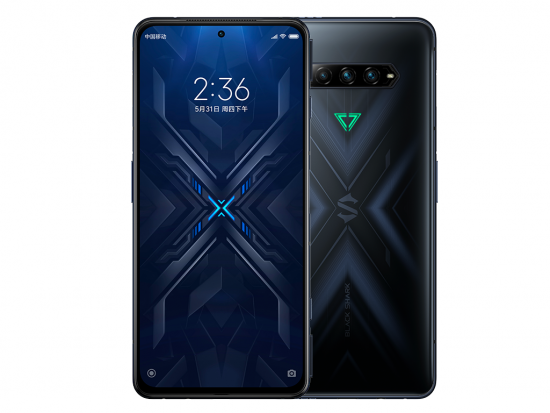
When it comes to evaluating a smartphone’s capability of playing back music, every sub-attribute counts. Timbre, of course, is the main ingredient. Bass for the mix’s foundation; midrange for most instruments’ (including the human voice’s) intelligibility and presence; treble for the sense of space, clarity and precision; tonal balance to make sure that no frequency range prevails over the others; and finally, volume dependency, to determine if the overall tonal result remains consistent regardless of the volume — everything matters. Dynamics, spatial, and artifacts attributes are also highly important. They tell us if the sound stage is wide enough and if the various instruments are easily localizable in it, if the stereo balance is centered, if the nuances — from pianissimo to fortissimo — are faithfully reproduced, and whether distortion or compression are spoiling the party. Finally, the volume sub-attributes indicate if the maximum volume is satisfying, if the minimum volume allows music information to remain intelligible, and if the volume steps sound natural to our human ear.

With certain exceptions, the criteria for evaluating the playback quality of movie dialogue, special effects, and soundtracks are quite similar to those for evaluation music playback quality. Most important is the timbre reproduction: while bass is crucial for sound effects, midrange is the voice’s domain, and treble quality is a very important component in the reproduction of space. Additionally, all spatial attributes (wideness of the sound field, balance between the left and right channels, localizability of the sound sources, and distance perception) as well as dynamics (punch, bass precision, and attack) are also highly important to the user experience. Compared to music playback testing, user-induced artifacts such as play/pause glitches and potential finger or palm occlusions play a bigger part in movie playback evaluation.

Finally, when it comes to evaluating the device’s in-game audio performance, artifacts, and in particular user-induced ones, take a prominent place due to some speakers’ propensity for getting occluded by the user’s hands. It is also important that the smartphone delivers strong punch, good tonal balance regardless of the volume, and a solid overall spatial performance so as to offer an immersive sound experience.

Of all the phones we have tested for playback, the Black Shark 4 Pro is by far the strongest contestant across all use cases — that means music playback, movies, and games. With a Playback score of 83 and best-in-class scores for almost every tested category, the latest Back Shark generation sets a new benchmark for mobile audio quality.
The Black Shark 4 Pro delivers one of the most balanced frequency responses we’ve measured to date, enriched by impressive low-end extension, impactful and sharp dynamics, an exceptionally wide sound stage, precise localizability, realistic distance rendering, consistent volume steps, and intelligible content, even at soft volumes. Further, gamers should note that its speakers are not easily occluded by the user’s palms or fingers. Of all the audio quality tests included in our protocol, our experts detected only two shortcomings for playback: a slight hiss noticeable on specific electronic signals, and distortion appearing at loud volumes.
Best for recording live concerts and life videos: ROG Phone 5
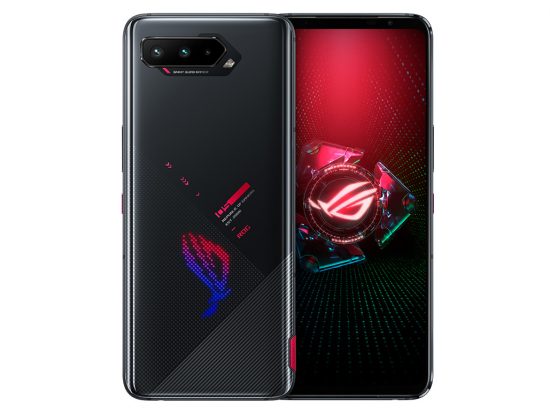
In recording tests, evaluating the audio quality of life videos is the equivalent of evaluating music reproduction in playback: all sub-scores are taken into account, with no exception. As ever, timbre is the most important component: all frequency ranges (bass, midrange, and treble) must be naturally reproduced, intelligible, and harmoniously balanced with one another — and all of this regardless of the captured sounds’ overall loudness. Precise, life-like dynamics along with controlled artifactsare also essential, and good spatial as well as volume attributes are valuable as well.
Additionally, in order to deliver decent concert recordings, a smartphone must be able to endure an elevated sound pressure level before starting to exhibit noticeable sound artifacts (such as distortion or aggressive compression) and to capture every frequency range (bass, midrange, and treble) in an equal and intelligible manner. Dynamics are also paramount for reproducing a precise and nuanced life-like experience. (If you’d like to hear the differences in audio recording between several smartphone models in a live concert environment, feel free to check out our dedicated article.)

As a recording device, Asus’s latest gaming phone delivers an outstanding performance. Its particular suitability for concert recording lies in its excellent tonal fidelity, realistic spatial traits, accurate envelope rendering, few noticeable artifacts overall, and of course, a good maximum recording level. However, note that upper-midrange distortions are perceivable and bass slightly lacking in a live concert recording configuration.
Also consider:
Best for recording selfie videos: Xiaomi Mi 10S
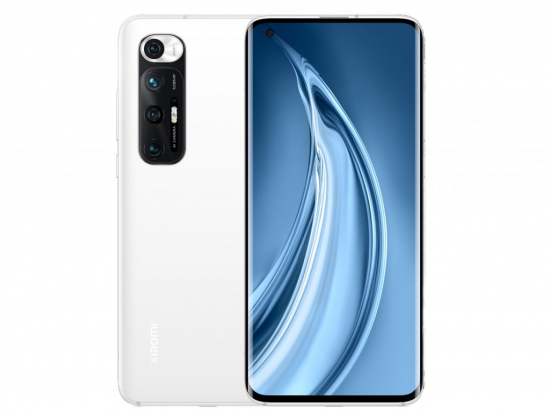
The criteria for evaluating audio quality in selfie videos are strictly the same as in life videos. However, the hardware and software selfie configuration (different tuning algorithm, position of microphones in portrait mode, etc.) results in different sub-scores: timbre can be more focused on midrange frequencies, the sound field can be narrower, and so on.

While the Xiaomi Mi 10S is the best at capturing audio in selfie videos, it also topped our charts as a recording device taking all use cases into account, besting the ROG Phone 5 by one point. Timbre performance racked a category-leading sub-score thanks to an exceptional tonal balance across all use cases at nominal volume, loudness is excellent, artifacts are very well controlled, voices sound natural, and distance rendering is realistic.
Also consider:
Best for recording memos and meetings: Huawei P40 Pro & Xiaomi Mi 10S
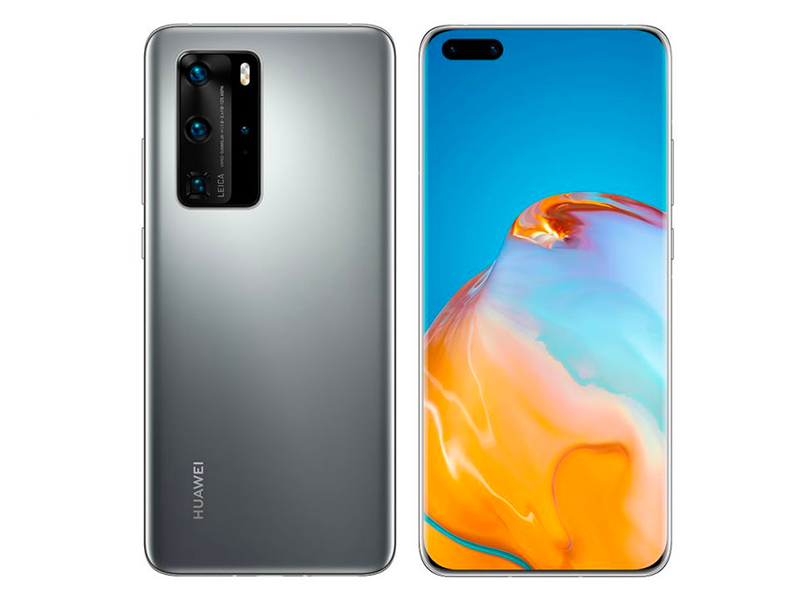
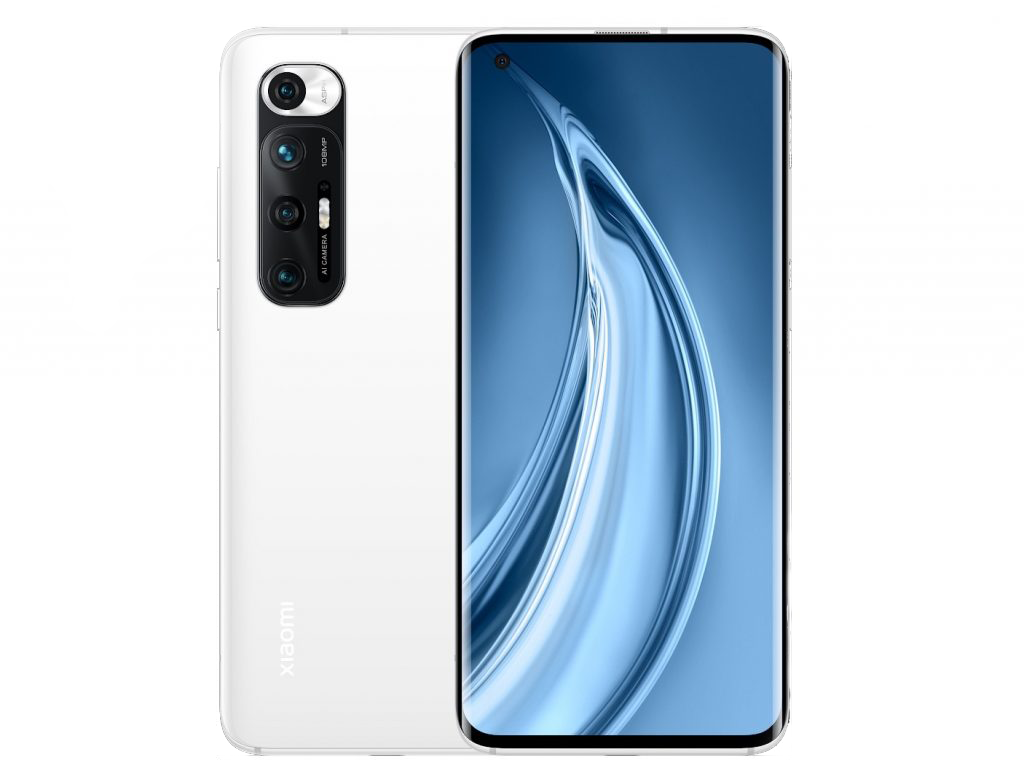
Essential sub-attributes for evaluating the audio quality are fairly similar for memo and meeting scenarios. In order to recognize and understand the person talking, voices must be naturally and faithfully reproduced. Consequently, good timbre performance is imperative, especially when it comes to the reproduction of midrange frequencies. Well-preserved dynamics are also important (the sound envelope in particular), and so is keeping sound artifacts (such as distortion and compression) to a minimum. Finally, loudness in memo and meeting recordings must be above -24 LUFS.
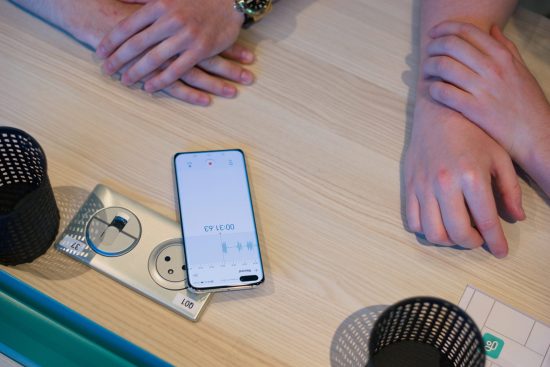
That said, there are a few specific sub-attributes to take into account: for example, when evaluating audio quality in memo recordings, our sound engineers check for possible occlusion of the microphones by the user’s fingers and/or palms. In that area, as it already was six months ago, the Huawei P40 Pro remains the best of all devices tested to date thanks to a great timbre performance, well-preserved dynamics, good loudness, and no noticeable spectral or temporal artifacts.
When recording a meeting, however, the microphones must be omnidirectional: in other words, voices coming from all directions must be equally audible. The Xiaomi Mi 10S has a slight edge in these situations thanks to particularly natural and intelligible voices, realistically portrayed distances, and of course, good loudness.


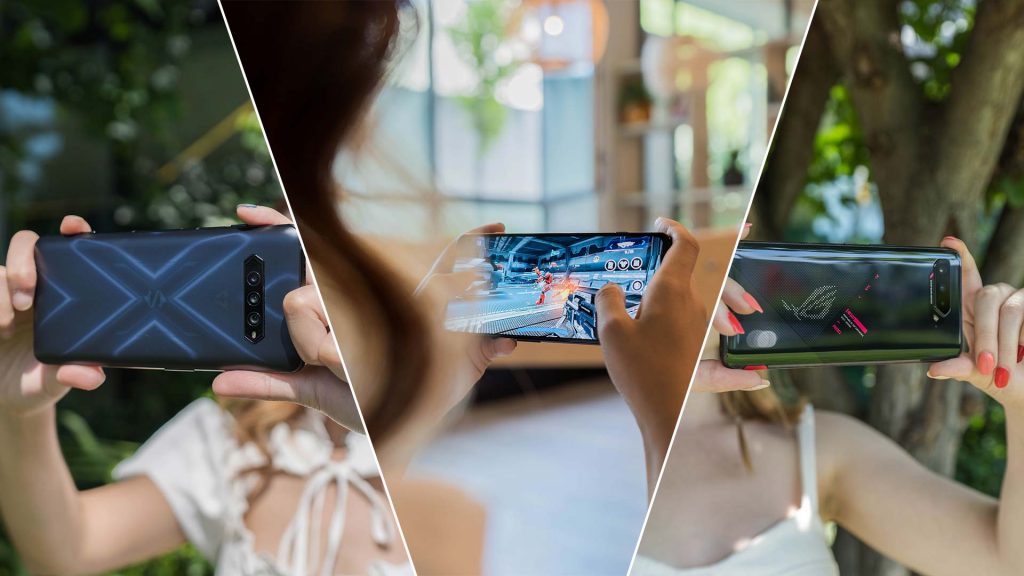
DXOMARK encourages its readers to share comments on the articles. To read or post comments, Disqus cookies are required. Change your Cookies Preferences and read more about our Comment Policy.